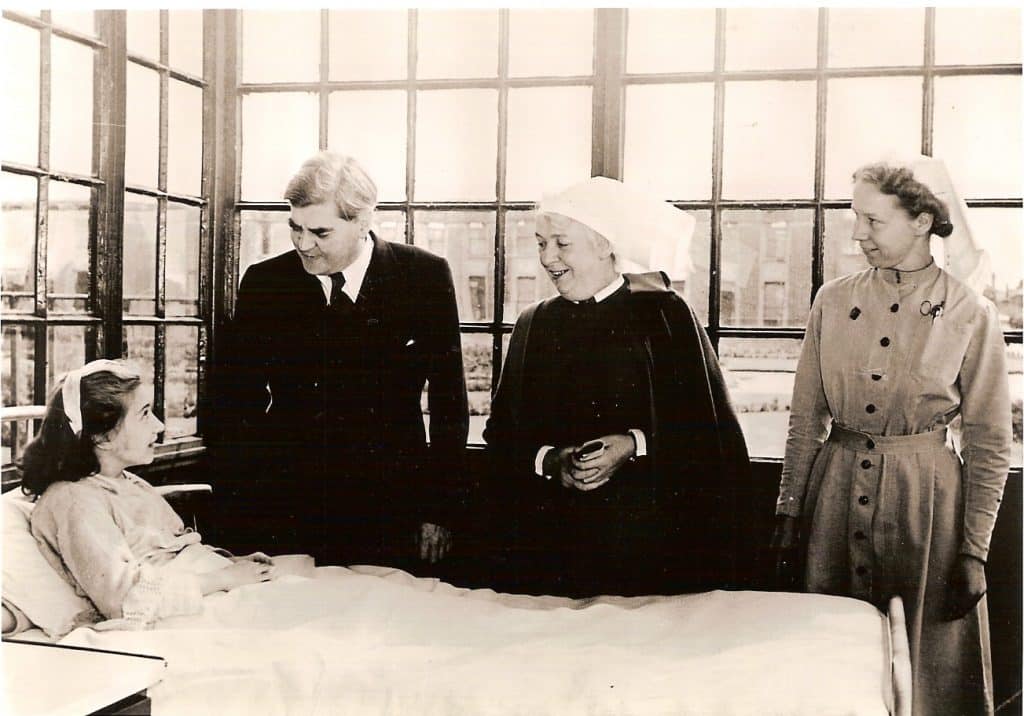The NHS: A Look Back at Britain’s Historic Healthcare System (1948-Present)
On July 5th, 1948, the National Health Service (NHS) opened its doors, marking a pivotal moment in British history. Before the NHS, accessing quality healthcare was a significant financial burden for many. This article explores the pre-NHS landscape, the core principles of the NHS, and its lasting impact.
Before the NHS: A Patchwork System
Before 1948, healthcare was delivered through a mix of private practices, local authorities, and charities. Lloyd George’s National Insurance Act of 1911 provided some GP coverage, but not for families. Children were typically born at home with midwives, and doctors only intervened during complications. Inpatient care varied greatly, with many hospitals struggling after World War II.
Core Principles and Structure
The NHS was built on the fundamental belief that everyone deserves access to high-quality healthcare, regardless of income. Launched by Aneurin Bevan, the Health Minister, it had three core principles:
- Universal coverage: Healthcare for everyone
- Free at the point of delivery: No upfront costs for treatment
- Need-based care: Treatment based on medical need, not ability to pay
The NHS nationalised over 2,700 hospitals, integrating them with GPs, pharmacists, public health labs, opticians and dentists across Britain. It was a mammoth undertaking. Prime Minister Clement Attlee acknowledged potential challenges and requested public patience.
Influences on the NHS: War, Science and Women in Healthcare
British medicine was already undergoing significant advancements due to the World Wars. Doctors returning from wartime service brought new knowledge, and the Second World War spurred numerous scientific breakthroughs, impacting diagnosis and treatment. These included advancements in renal care, radiotherapy and nuclear medicine. The NHS became a major driver of further research and development in healthcare technology.
The role of women in healthcare also saw positive changes. More medical schools opened their doors to female students, leading to an increase in female doctors. Nursing became a respected profession, although married women couldn’t continue their careers until the 1960s.
Public Health and Preventative Medicine
Drawing on wartime public health campaigns, the NHS emphasised preventative medicine. Educational initiatives addressed home safety, nutrition, hygiene, and the prevention of infectious diseases, accidents and cancers. This focus on prevention remains a cornerstone of modern healthcare.
The Enduring Legacy: Challenges and Core Values
While society has changed drastically since the NHS’s conception, some challenges remain. Staff shortages, a growing range of health issues, and budgetary pressures due to population growth are ongoing concerns. However, the core value of providing quality healthcare to all, regardless of wealth, remains central to the NHS’s mission.
